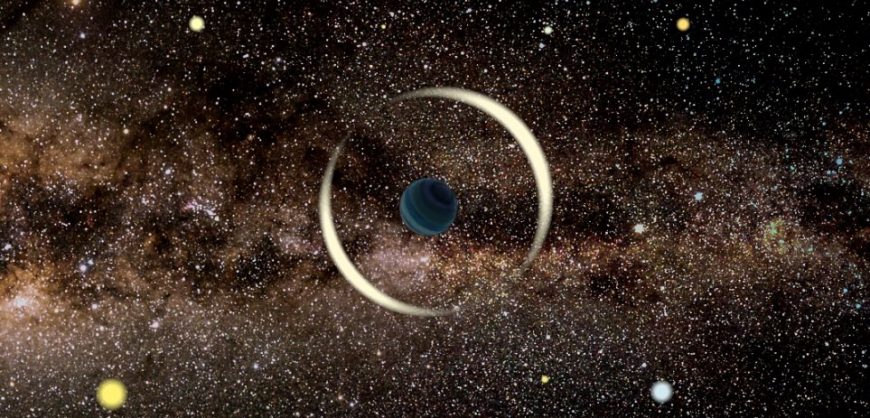A decade ago, a band of astronomers set out to investigate one of the oldest questions taunting philosophers, scientists, priests, astronomers, mystics and the rest of the human race: How many more Earths are out there, if any? How many far-flung planets exist that could harbor life as we know it?
Their tool was the Kepler spacecraft, which was launched in March 2009 on a 3-1/2-year mission to monitor 150,000 stars in a patch of sky in the Milky Way. It looked for tiny dips in starlight caused by an exoplanet passing in front of its home star.
“It’s not E.T., but it’s E.T.’s home,” said William Borucki when the mission was launched in March 2009. It was Borucki, an astronomer now retired from NASA’s Ames Research Center, who dreamed up the project and spent two decades convincing NASA to do it.
Before the spacecraft finally gave out in 2018, it had discovered more than 4,000 candidate worlds among those stars. So far, none have shown any sign of life or habitation. (Granted, they are very far away and hard to study.) Extrapolated, that figure suggests that there are billions of exoplanets in the Milky Way galaxy. But how many of those are potentially habitable?
BESA: The Turkish Air Force – Flying into the Abyss?
After crunching Kepler’s data for two years, a team of 44 astronomers led by Steve Bryson of NASA Ames has landed on what they say is the definitive answer, at least for now. Their paper has been accepted for publication in the Astronomical Journal.
Kepler’s formal goal was to measure a number called eta-Earth: the fraction of sunlike stars that have an Earth-size object orbiting them in the “goldilocks” or habitable zone, where it is warm enough for the surface to retain liquid water.
Read more: NY Times








































